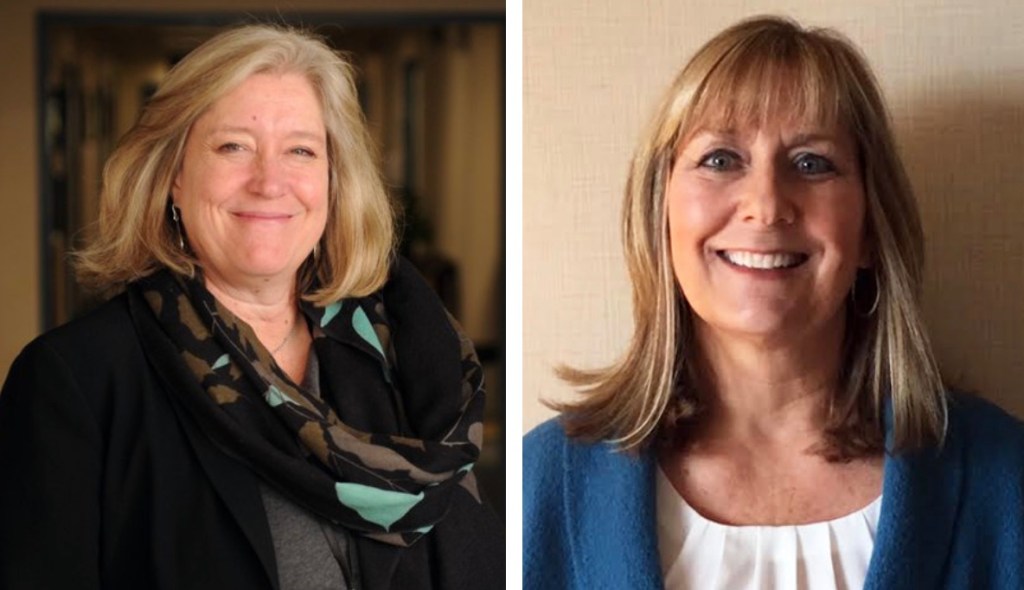At a time when society’s unmet mental-health needs have achieved unprecedented public recognition, the County Board of Supervisors got a crash course in unexpected good news from their administrators about how many new mental-health beds — the key metric for such progress — the Department of Behavioral Wellness has produced and funded over the past five years. As astonishing as even the most critical mental-health advocates agreed the progress has been, the supervisors also heard how it was still not enough.
Boiled down, the supervisors heard how in the past five years, the Department of Behavioral Wellness added 206 mental-health beds to its infrastructure of care. Another 35, the supervisors heard, are currently in development. And another 132 are still needed.
Getting a big shout-out for much of the progress was Alice Gleghorn, the often-embattled former mental-health director who took over a department on the brink of collapse. At the beginning of her tenure, Gleghorn — who stepped down earlier this year — and her staff took an inventory of all the mental-health beds from most to least restrictive and found them severely lacking.
Gleghorn’s strategy — and that of her interim successor, Pam Fisher — has been to focus on creating new bed space for people experiencing mid- to low-level crises rather than more expensive and restrictive acute-care facilities for those deemed a threat to themselves or to others. A night at the county’s lockdown Psychiatric Health Facility (PHF, pronounced “puff”) costs $2,567, for example, while 23 hours — the maximum stay allowed — on a deluxe recliner in the Crisis Stabilization Unit, where patients can leave if they wish, costs $480. By expanding the care options for people in less acute crisis, the hope has been they won’t need the services offered only in the more restrictive and more expensive facilities like the county’s PHF Unit.
Sign up for Indy Today to receive fresh news from Independent.com, in your inbox, every morning.
Given the growing strain experienced by hospital emergency rooms throughout Santa Barbara County caused by people experiencing severe psychiatric turmoil, it’s unclear the extent to which this strategy is working. Longtime mental-health-care advocates Lynne Gibbs of NAMI and Suzanne Riordan with Families Act both delivered rare praise for the department, but they both insisted that the 16 beds in the county’s PHF unit — where people can be held against their will if need be for up to 72 hours — is nowhere near enough.
The reality, however, is that people have been lambasting the limited number of PHF beds — locked in by arcane but immovable licensing requirements — for more than 40 years, and nothing has changed. Fisher talked about creating new space in the PHF by moving out certain patients charged with crimes but deemed incompetent to stand trial. By securing space in other facilities for these patients — who often stay for long periods — better use can be made of the PHF’s admittedly limited number of beds.
The supervisors were lavish in their praise. “Extraordinary,” Supervisor Joan Hartmann exclaimed over the magnitude of progress coupled with the brevity of the report. She noted that 150-250 inmates in the County Jail have significant mental-health issues. “This is where we really need to invest if we want to keep our jail population lower.” Supervisor Steve Lavagnino praised the department for opening up two new residential care facilities in Santa Maria without triggering an uprising among the immediate neighbors. “I did not get phone calls from people up in arms because the county just crammed something into their neighborhood,” he said. Supervisor Das Williams suggested the county should direct as much of the state and federal emergency funds now available for mental-health needs, even if only available on a one-time basis. Commenting on whether the build-out plans unveiled by department director Pam Fisher would be enough, Williams said, “We’ll never know ’til we build it all.” In the meantime, he said, “We have to take advantage of this time, this moment to expand.”
At the Santa Barbara Independent, our staff continues to cover every aspect of the COVID-19 pandemic. Support the important work we do by making a direct contribution.

